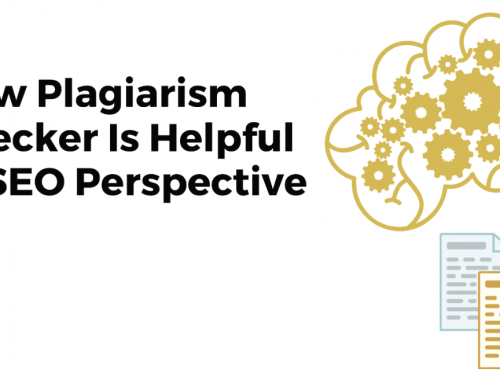The role of web design used to be pretty strictly one-directional. You created a website to convey information to an audience that arrived there looking for something specific. If they were interested in following up, those visitors might look for a “contact us” page and send an e-mail, but in the old days of the internet, web design didn’t really have to prompt them to interact.
For a fairly long time, built-in, bi-directional communication was relatively rare. But that’s not the case anymore. In fact, some web design experts have identified the inclusion of on-site chat interfaces as a trend to look for in 2021. You’ve probably noticed some examples of it yourself in recent years. It usually takes the form of a little pop-up window asking if there’s any way the site owners can help you.
You may or may not have responded to that prompt. Sometimes if you type into it, you’ll end up going through one of those automatic response systems that have become a familiar feature of telephone help lines. Sometimes, especially if you’re visiting the site during business hours, there’s a real person on the other end, ready to provide you with answers more quickly than you can find them by searching the site itself.
These customer service pop-ups can even be a modern version of the traditional “contact us” page, with an open field replacing the more familiar fill-in forms that you’ve probably used to send an email to a company at some point. This evolution in web design reflects an increased demand for interactivity on the modern internet, and it shifts the responsibility for a follow-up onto the site owner, rather than the visitor.
Chances are that if you’ve run an e-commerce site for a while, your audience has come to expect a higher degree of personal attention. And thanks to modern web design tools, this is something that a web services company can actually provide without strictly requiring that you have someone constantly waiting at the other end of the “can we help you?” pop up.
These days, there are pre-made AI templates which can be customized and integrated alongside existing web design elements. Without needing to build the interface from scratch, you can work with your web development team to build out a flow chart of likely questions and answers, so your site’s visitors can learn exactly what they want to know without having to search for it. And even if you fail to anticipate a question or provide a satisfactory answer, you can use the same web tool to prompt visitors to leave you a request rather than simply clicking away and forgetting that your site existed.
This sort of prompting also helps you to filter out the serious leads from people who arrived at your site by accident or without any real intent. Even if direct contact doesn’t convert a lead into a sale, it still gives you an opportunity to learn more about why people are coming to your site, what they expect to find there, and what makes them click away without fulfilling their original purpose. At a minimum, this sort of bi-directional interaction provides you with much-needed data so you can continue improving your web design all the time.



Leave A Comment